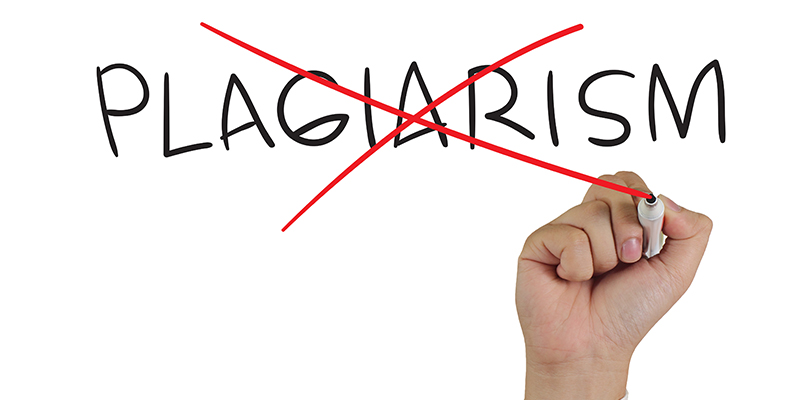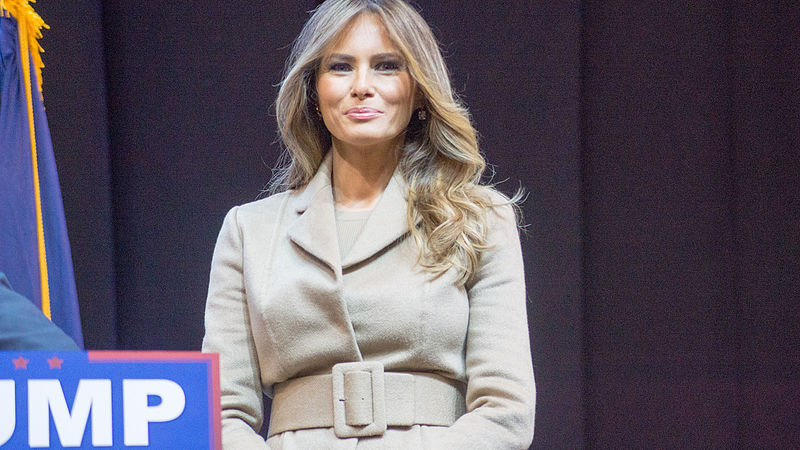The Perils of Plagiarism
The Web was abuzz with a story purporting that the White House plagiarized part of a congratulatory statement about ExxonMobil, lifting parts of ExxonMobil’s own press release about its Growing the Gulf project. A few years ago, Hungary’s president resigned because of a scandal which alleged he had plagiarized sources for his doctoral thesis; he was also stripped of the doctorate. Plagiarism can be voluntary, which as such is fraudulent, or involuntary, which is careless or lazy. Either way, there are consequences which make it essential for writers to take note of what needs to be cited and what does not.

www.writer.ae.com
Merriam-Webster Dictionary defines plagiarism as “the act of using another person’s words or ideas without giving credit to that person.” The Writing Center at UNC-Chapel Hill gets a little harsher with their definition: “The deliberate or reckless representation of another’s words, thoughts, or ideas as one’s own without attribution in connection with submission of academic work, whether graded or otherwise.” Plagiarism takes several forms:
• Copying verbatim from a source without using quotation marks or giving a citation.
• Paraphrasing another’s work without giving a citation.
• Using your previously written work without gaining permission from either the prior or the proposed publisher of that article (self-plagiarism).
• Using graphics or other media without giving full credit to the creator of that material.
Plagiarism can have serious consequences. At a minimum, it is embarrassing. If an article is copyrighted, then there are legal ramifications. However, even if the copied material is not copyrighted, then there are other problems. The Hungarian president in the introduction lost his doctorate and his job. Mexico’s current president, Pena Nieto, has also been recently accused of plagiarism in his 1991 law degree thesis. For him, the accusation has contributed to some of the lowest approval ratings of any Mexican president. A search on the internet of “plagiarism in the news” will bring a lengthy list of stories of people who have been accused or caught. In business, plagiarism can result in embarrassment for an employer and possible dismissal of the employee. Most schools have a policy about plagiarism that includes serious consequences from failing the single assignment to failing the course to expulsion.

www.giphy.com
Writers need to cite sources carefully. There is disagreement about how many words comprise a direct quote. Sometimes, a single unique word needs to be cited and enclosed in quotation marks. Anytime a writer uses the exact words of another writer, the words need to be in quotation marks with a citation.
Paraphrasing can be tricky. Just altering a word or two or rearranging the words does not make an acceptable paraphrase. When it is done skillfully, it is a complete rewording and restructuring of the original text, and it still requires a citation. To help with this task, Wikihow suggests using Google language tools to translate the original text from English to another language and then taking that translation and translating it into a third language. By translating it one more time back to English, you will get a summary of the article in broken English. The rewrite of that text then becomes more your own words and a better paraphrase. The Writing Center at UNC-Chapel Hill recommends that when taking notes about a reading, close the book and write the notes in your own words.
Of course, some words do not need to be cited; if everything in an article were cited, then it would be tedious and unpleasant to read – and not a very original piece. Common knowledge does not need to be cited. This would include facts that are found in multiple sources and are known by most to be true. A writer does not need to cite ideas or discoveries original to the writer, but it may be helpful to identify those so that a reader doesn’t question the source of that information. While it is important to give credit for borrowed pictures or other media, if it is original material, then it does not have to have a citation.
A review of what constitutes plagiarism is a sound idea for writers and students because there are ramifications at every level. Inadequate references for another’s words, ideas, art, and media are never acceptable. To err on the side of caution means that it is better to cite than to plagiarize.

www.awesomelyluvvie.com
-Diane Repass│Diane is a retired tenured assistant professor from The University of Dubuque and now a beloved writer for Plaid Swan Inc. She received her M.A. from The University of Northern Iowa in Cedar Falls, Iowa.
Cooper, H. (2016, May 12). Principles of good writing: Avoiding plagiarism. Retrieved from
http://blog.apastyle.org/apastyle/2016/05/avoiding-plagiarism.html.
Grammarly. 5 most effective methods for avoiding plagiarism/Grammarly blog. Retrieved from
https://www.grammarly.com/blog/5-most-effective-methods-for-avoiding-plagiarism/.
Indiana University-Bloomington (2014, April 7). Plagiarism: What it is and how to recognize and avoid it.
Retrieved from http://wts.indiana.edu/pamphlets/plagiarism.shtml.
Plagiarism. What is plagiarism? Retrieved from
http://www.plagiarism.org/plagiarism-101/what-is-plagiarism.
WikiHow. How to avoid plagiarism. Retrieved from http://www.wikihow.com/Avoid-Plagiarism.
The Writing Center at UNC-Chapel Hill. Plagiarism. Retrieved from
http://writingcenter.unc.edu/handouts/plagiarism/



 -Brittani Vanderweerd | PR Specialist
-Brittani Vanderweerd | PR Specialist